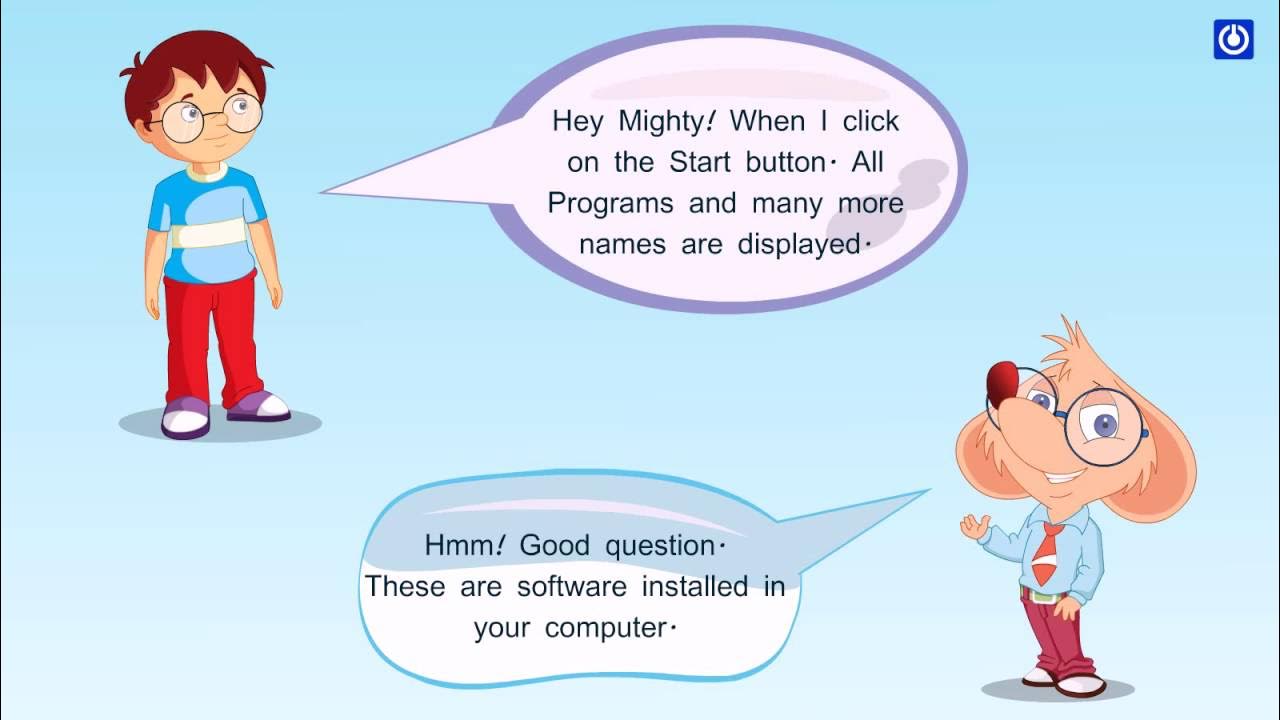CH01_VID05_I/O Prepherals
Summary
TLDRThe video script discusses the components of a microcontroller, focusing on the essential elements of hardware and software circuits. It explains how a microcontroller operates with the help of a resistor to control the flow of voltage, allowing it to interact with its environment or users. The script also touches on various types of microcontrollers, such as the 8051 or the Arduino, and suggests that learning about these can be part of an 'interfacing' course, emphasizing the importance of understanding the combination and control of circuits.
Takeaways
- 😀 The script discusses the components of a microcontroller, specifically the hardware and software aspects.
- 🔧 The microcontroller consists of fundamental parts: hardware and firmware.
- 💡 Hardware refers to the physical components, including the microcontroller itself and the hard and soft circuits.
- 📡 Firmware is the software that can be programmed to control the hardware, such as changing the output voltage.
- 🔌 The script explains that the microcontroller can output different voltages, like 5 volts or 3.3 volts, to control the hardware.
- 🛠️ A resistor is used to change the voltage output by the microcontroller, allowing for control over the firmware.
- 💻 The script mentions that the microcontroller can be programmed using various programming languages like C, C++, or Python.
- 🎓 The course mentioned in the script teaches how to program and control microcontrollers using serial communication.
- 🔄 The concept of serial communication is introduced as a method to learn how to control the microcontroller.
- 🤖 The script implies that understanding the basic idea of a robot, which includes hardware and software for control, is essential.
Q & A
What are the two fundamental components of a microcontroller?
-The two fundamental components of a microcontroller are hardware and software.
What does the term 'I/O' stand for in the context of microcontrollers?
-In the context of microcontrollers, 'I/O' stands for Input/Output, which refers to the interface through which the microcontroller interacts with its environment or the user.
How can a microcontroller control the voltage output?
-A microcontroller can control the voltage output by changing the value of the resistor connected to it. For example, by changing the resistor's value, the microcontroller can output 5 volts or 3.3 volts.
What is the purpose of a resistor in a microcontroller circuit?
-The purpose of a resistor in a microcontroller circuit is to limit the current flow and to set the voltage level. By changing the resistor's value, the microcontroller can control the voltage output.
What is the role of software in controlling a microcontroller?
-Software plays a crucial role in controlling a microcontroller by providing the necessary code that allows the microcontroller to perform specific tasks and interact with its hardware components.
What is the significance of the 5V and 3.3V voltage levels mentioned in the script?
-The 5V and 3.3V voltage levels are significant as they represent the standard operating voltages for certain microcontroller pins and peripherals, which can be controlled by the microcontroller.
How does the script suggest learning to program a microcontroller?
-The script suggests learning to program a microcontroller by writing code in a specific way and using a compiler to convert the code into a format that the microcontroller can execute.
What are some examples of microcontroller programming languages mentioned in the script?
-Some examples of microcontroller programming languages mentioned in the script are C, C++, and Assembly.
What is the importance of understanding the basic idea of a bot or microcontroller?
-Understanding the basic idea of a bot or microcontroller is important because it involves hardware and software, which are the fundamental components necessary for any automation or control task.
How does the script relate the concept of a microcontroller to the broader field of automation?
-The script relates the concept of a microcontroller to the broader field of automation by explaining how microcontrollers can be used to control various devices and systems, which is a key aspect of automation.
Outlines

このセクションは有料ユーザー限定です。 アクセスするには、アップグレードをお願いします。
今すぐアップグレードMindmap

このセクションは有料ユーザー限定です。 アクセスするには、アップグレードをお願いします。
今すぐアップグレードKeywords

このセクションは有料ユーザー限定です。 アクセスするには、アップグレードをお願いします。
今すぐアップグレードHighlights

このセクションは有料ユーザー限定です。 アクセスするには、アップグレードをお願いします。
今すぐアップグレードTranscripts

このセクションは有料ユーザー限定です。 アクセスするには、アップグレードをお願いします。
今すぐアップグレード5.0 / 5 (0 votes)






